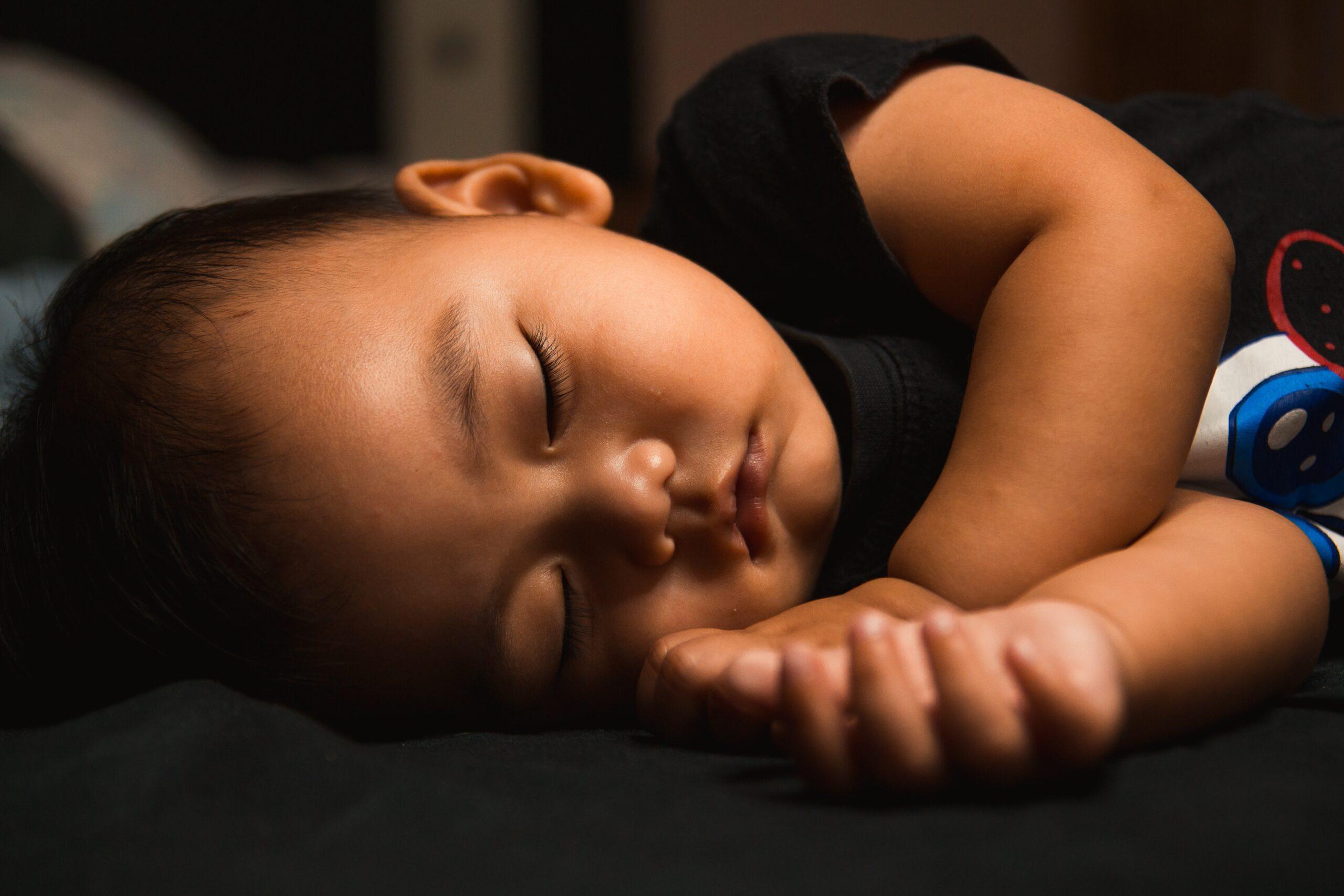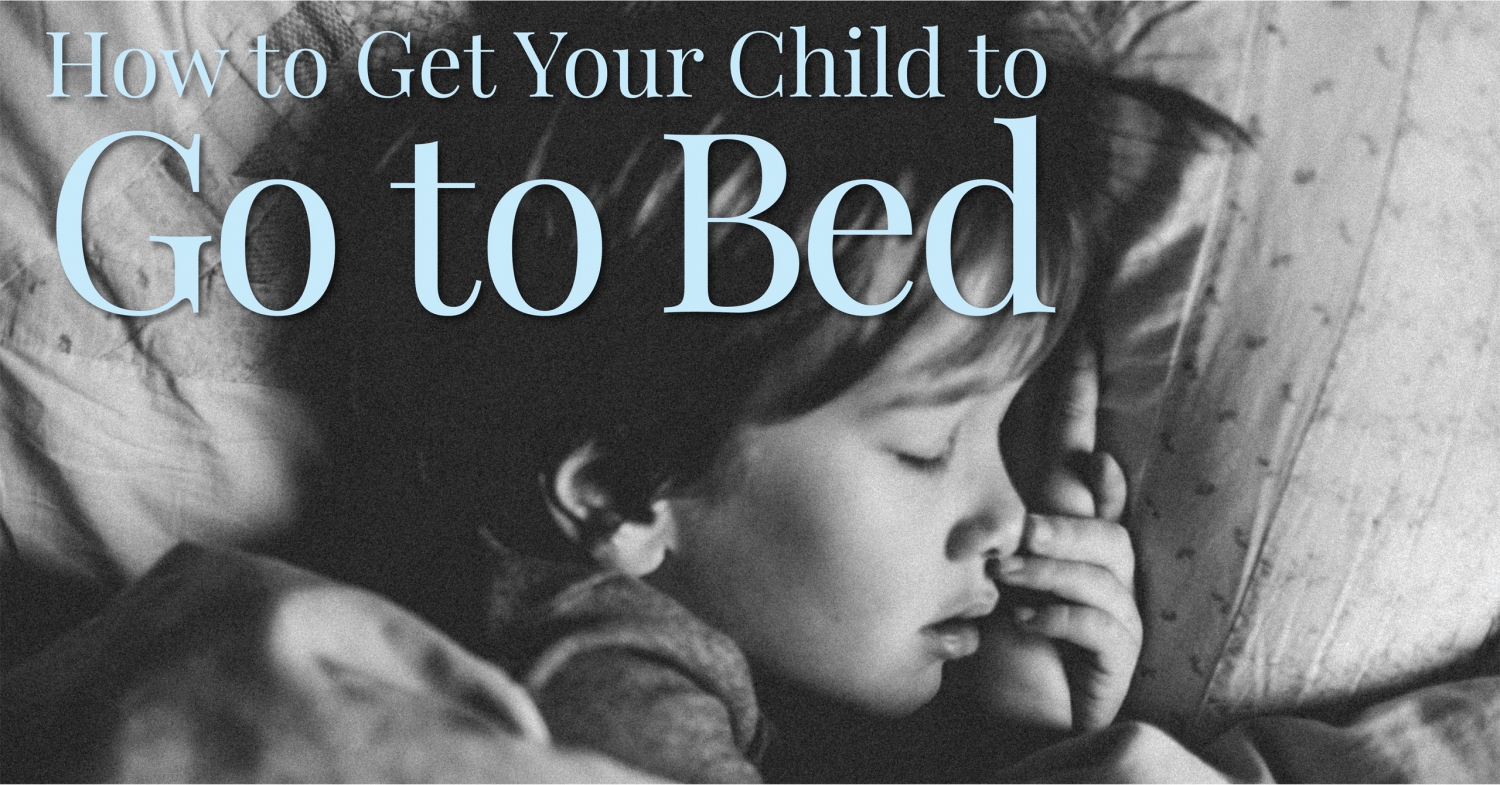Is bedtime a nightly struggle in your home? You’re not alone. Sleep problems affect as many as many as 35 percent to 50 percent of typically developing children (and occur at even higher rates for children diagnosed with an autism spectrum disorder).
It probably won’t surprise sleepless families to know that sleep problems in children have physical, mental, and emotional consequences. It has been linked to difficult temperament, impaired daytime functioning, and increased risk of obesity.
The good news? Having the right bedtime strategies might be all you need to help your kids to fall asleep and stay asleep at night.
Setting up a sleep schedule
The amount of sleep a child needs depends partly on age. Most children between ages 3 and 6 will need close to 11 or 12 hours of sleep per day, whereas 10 to 14 years olds will need between nine and 10 hours per night.
Determine your child’s bedtime based on the number of hours of sleep needed and the time your family gets up in the morning. For example, a 4 year old who wakes at 7am should go to bed at 8pm to get her 11 hours of sleep. Did she enjoy an hour-long nap at preschool? Add that in for a 9pm bedtime.
One caveat: Don’t force an early bedtime on a child unaccustomed to it. If your child is falling asleep relatively late at night because she has been sick or with you on vacation, it may take several days slowly moving the bedtime back by a half-hour per day to get back on track.
The right routine
It’s no surprise that kids often resist going to bed. Why would they want to give up hanging out with Mom and Dad in a bright, warm room with snacks and entertainment to lie alone in a cold, dark bedroom? Parents need to help ease that transition.
Start by dimming the lights which helps the body shift into sleep mode about 45 minutes before bedtime. A warm bath can be soothing as long as it’s at least a halfhour before bed (an elevated body temperature makes it harder to fall asleep).
Replace rowdy play with quieter activities, and avoid abrupt transitions. Mix in a time to cuddle, talk, or read together before sending a child off to bed. And remember that the more consistent the routine, the faster the child will transition into sleep.
Create healthy sleep dependencies
Most children wake up an average of 10 times per night. If the things they experienced when initially falling asleep like cuddling with Mom or Dad or having the light on with music playing aren’t there when they wake up, they will probably have a difficult time going back to sleep. They will cry out or come visit parents to help them reset the conditions to fall back asleep.
That’s why we try to make sure that the parents or anything else that cannot be there throughout the night aren’t requirements for sleep. Introduce a new sleep association, like a white noise machine, that will be there when the child falls asleep and during the brief awakenings that are part of normal sleep. As a bonus, it helps to mask frightening or enticing noises that disrupt children from sleeping.
Settling to sleep
Parents: Be careful not give in to your sleepless child’s demands for attention or more fun time with the family. Instead of going to the child every time he or she cries, we suggest parents to go in according to a time-based schedule, with the time between visits getting greater each visit. The child learns that she doesn’t have to act out to have their needs met.
Once children learn that acting out is unnecessary, they will start to fall asleep quicker. If a child’s cry outs or “curtain calls” persist, consider giving the child one “bedtime pass” each night; surrendering the pass allows them to have a reasonable request granted (e.g., one more short book read to them).
Bedtime battles can test any parent’s resolve, but careful consideration of sleep schedule, routines, dependencies, and the timing of your interactions at night will result in a good night’s sleep for the whole family.




